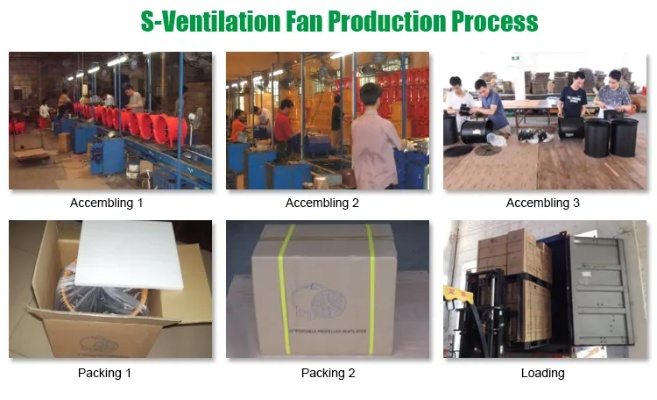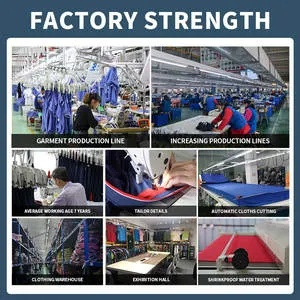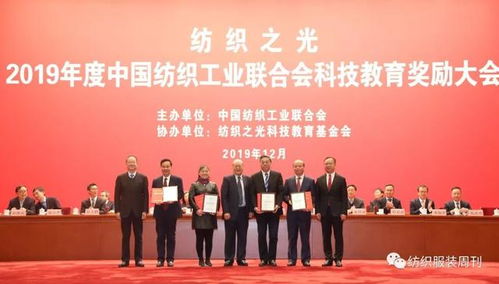The Standards of Sampling and Testing in Textile Products
The standard for sampling and testing in textile products is a critical component of ensuring product quality and consumer safety. This standard specifies the methods, equipment, and procedures that must be followed when conducting these tests. It covers topics such as sample preparation, test methods, data analysis, and reporting of results. The standard also addresses issues related to sampling errors, biases in testing methods, and the need for continuous improvement in testing practices. By adhering to this standard, textile manufacturers can ensure that their products meet industry and regulatory requirements, thereby protecting consumer health and promoting fair competition in the market.
Introduction: In the world of textiles, quality assurance is paramount. From ensuring that clothing is soft and comfortable to meeting the standards for durability and safety, the process of sampling and testing plays a critical role. This guide will provide an overview of the essential criteria for sampling and testing textile products, including the use of standardized methods and the application of statistical analysis to ensure consistency and accuracy. By following these guidelines, businesses can maintain high-quality standards and avoid potential legal issues related to product defects.
Sampling Criteria:
-
Randomness: The selection of samples should be random to ensure that every part of the product is equally represented. This helps in identifying any patterns or biases that may exist within the production process.
-
Representativeness: The sample size should be large enough to represent the entire population of the product. This ensures that the results are accurate and reliable.

-
Consistency: The sampling method should be consistent across all batches or types of products being tested. This helps in comparing the performance of different products and identifying any trends or differences.
-
Timeliness: The sampling schedule should be timely to allow for proper storage and testing of the samples. This prevents degradation or damage to the product during the testing process.
Testing Methods:
-
Visual Examination: This involves inspecting the sample for defects such as holes, tears, or stains. It provides an initial assessment of the product's quality.
-
Mechanical Testing: This includes measuring the strength, flexibility, and resistance to wear and tear of the fabric. It helps in determining the durability and functionality of the product.
-
Chemical Testing: This involves analyzing the composition of the fabric to identify any harmful chemicals or impurities. It ensures that the product meets safety standards.
-
Statistical Analysis: This involves using statistical tools to analyze the data collected from the tests. It helps in identifying trends, outliers, and other factors that may affect the product's quality.
Case Study: Let's consider a case study involving a textile company that produces sportswear. The company has been facing complaints about the quality of its products, particularly regarding the stretchiness and durability of the fabric. To address this issue, the company decided to conduct a comprehensive sampling and testing program.
The company selected a representative sample of 500 garments from each of the three major product lines (shorts, shirts, and pants). These samples were then subjected to various testing methods, including visual examination, mechanical testing, chemical analysis, and statistical analysis.
The results of the testing showed that while most of the garments met the expected quality standards, there were a few instances where the fabric was significantly weaker than expected. The company identified these weak areas and made adjustments to the production process to improve the overall quality of the products.
By implementing this sampling and testing program, the company was able to identify specific areas of concern and take corrective action to address them. This not only improved the quality of the products but also helped in reducing customer complaints and improving brand reputation.

Conclusion: In conclusion, sampling and testing are critical components of ensuring the quality of textile products. By following established criteria and using appropriate testing methods, businesses can maintain high-quality standards and avoid potential legal issues related to product defects. Incorporating a sampling and testing program into their quality control system can help textile companies stay ahead of the competition and deliver exceptional products to their customers.
纺织品抽样检验是确保产品质量的重要手段,其标准制定对于保障消费者权益、维护市场秩序具有重要意义,本篇将详细介绍纺织品抽样检验的标准,并通过案例分析进一步说明其实际应用。
纺织品抽样检验标准概述
抽样方法与原则
纺织品抽样检验通常采用随机抽样方法,确保样本具有代表性,抽样应遵循公正、科学、合理的原则,确保检验结果准确可靠。
检验项目与指标
根据国家标准和行业标准,纺织品抽样检验的项目包括纤维含量、化学成分、物理性能等,具体指标包括但不限于纤维类型、长度、直径、强力、耐热性、耐洗色性等。
检验流程与时间
纺织品抽样检验流程包括样品采集、样品处理、检验测试、结果报告等环节,检验时间通常根据样品数量和检验项目复杂程度而定,确保检验过程高效、快速。
案例分析

某品牌纺织品抽样检验标准执行情况
某品牌在纺织品生产过程中,严格按照抽样检验标准进行质量控制,在样品采集环节,采用随机抽样方法,确保样本具有代表性,在样品处理环节,对样品进行严格清洗和整理,确保检验结果的准确性,在检验测试环节,采用先进的检测设备和方法,对纤维含量、化学成分等关键指标进行检测,该品牌纺织品符合国家标准和行业标准,质量可靠。
纺织品质量问题的原因分析
在实际生产过程中,纺织品质量问题的原因可能多种多样,原材料质量不稳定、生产工艺控制不严格、检测设备不准确等,针对这些问题,企业应加强质量控制,严格执行抽样检验标准,确保产品质量,企业还应加强员工培训,提高员工质量意识,确保产品质量符合标准要求。
纺织品抽样检验标准补充说明
抽样方法与样本采集
在抽样方法方面,可以采用全数抽样、系统抽样等方法,在样本采集环节,应遵循公正、科学的原则,确保样本具有代表性,应遵循随机原则,避免人为因素对检验结果的影响,在采集过程中,应注意避免破坏样品完整性,确保样品具有可追溯性。
检验项目与指标的具体要求
在检验项目与指标的具体要求方面,应根据国家标准和行业标准进行确定,具体指标包括但不限于纤维类型、长度、直径、强力等,在检测过程中,应严格按照检测方法和技术规范进行操作,确保检测结果的准确性,还应加强质量控制,确保检测设备准确可靠,提高检测结果的可靠性。
纺织品抽样检验标准是保障纺织品产品质量的重要手段,企业应严格按照抽样检验标准进行质量控制,确保产品质量符合标准要求,还应加强员工培训,提高员工质量意识,确保产品质量符合市场需求,通过不断改进和完善纺织品抽样检验标准,可以进一步提高纺织品的质量水平,促进纺织行业的发展。
Articles related to the knowledge points of this article:
Exploring the Dynamic Landmarks of Jinjiang Tianyue Textiles
The Rich Tapestry of Korean Textiles
Navigating the Global Fabrics:The Journey of Jiangyin Jinti Textiles
Textile Order Filing Template for Business Operations
A Comprehensive Guide to Purchasing Inventory Textiles in Zhejiang
Strategies for the Implementation of Medical Textiles:A Comprehensive Guide



